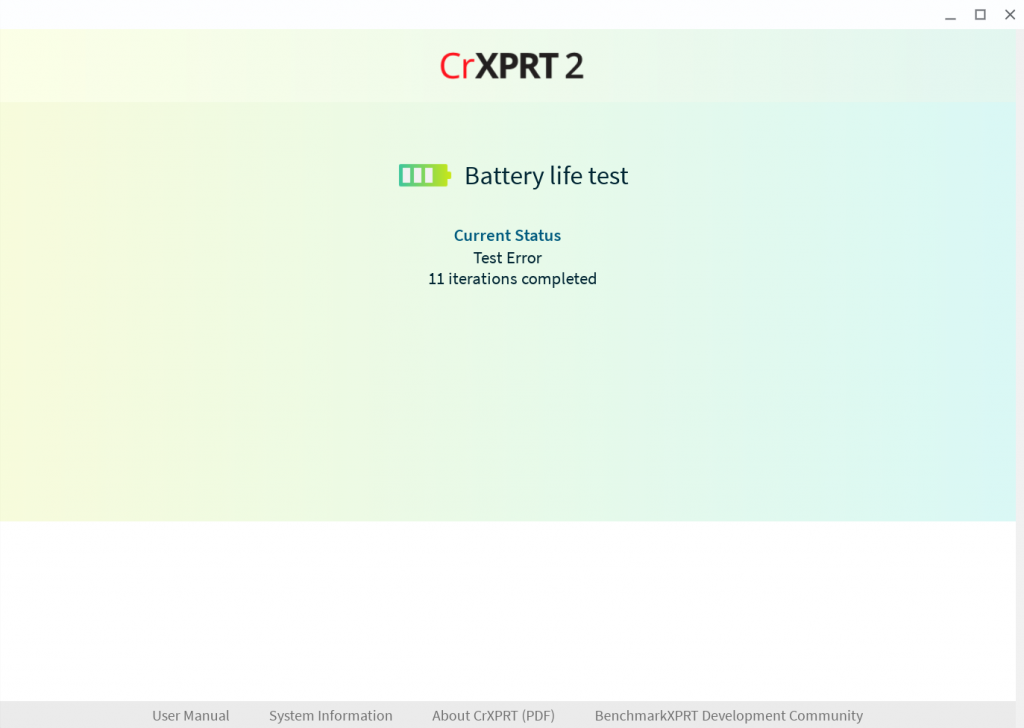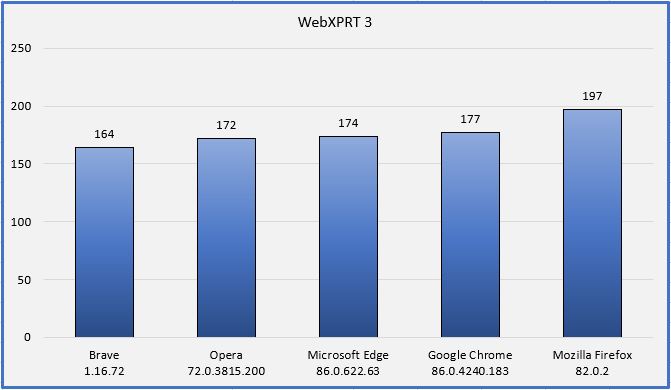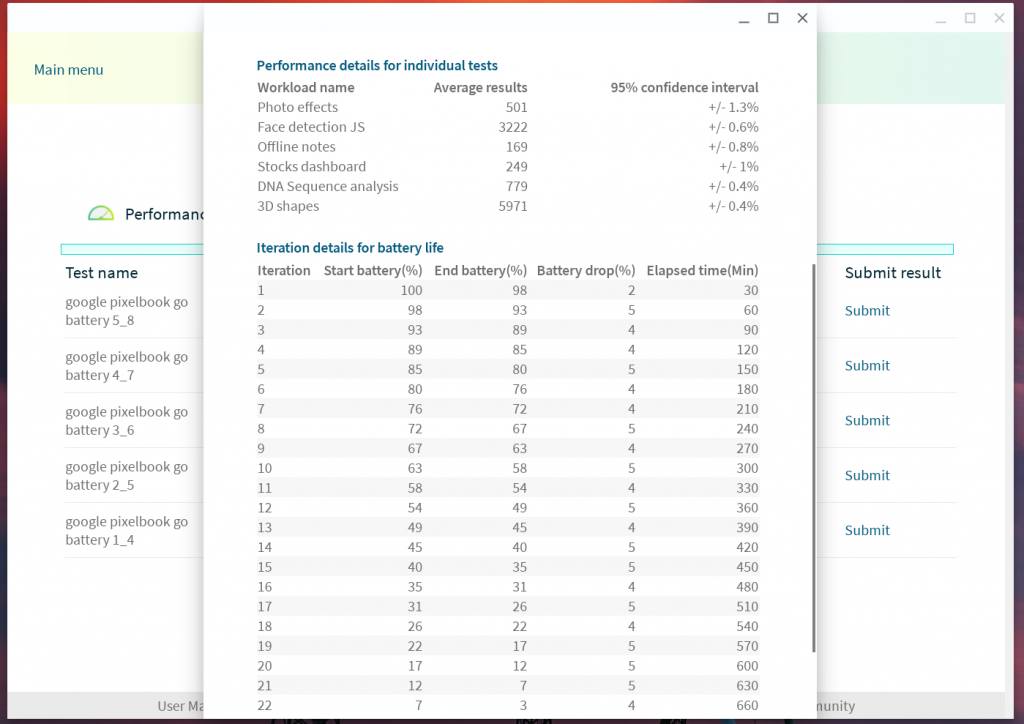A few weeks ago, we discussed an error that we’d recently started encountering during the CrXPRT 2 battery life test on systems running Chrome OS v89.x and later. The error prevents the test from completing and producing a battery life estimate. CrXPRT stops running its normal workload cycle and produces a “Test Error” page. The timing of the error can vary from run to run. Sometimes, CrXPRT stops running after only a few workload iterations, while other times, the battery life test almost reaches completion before producing the error.
We have seen the error on across multiple brands of Chromebooks running Chrome OS v89.x and later. To our knowledge, Chromebooks running Chrome OS v88.x and earlier versions complete the battery life test without issues. We are unaware of any problems with the CrXPRT 2 performance test.
We’re continuing to investigate this problem. Unfortunately, we have not yet identified the root cause. Without a solution, we are recommending that for now, testers not use the CrXPRT 2 battery life test. We will post this recommendation on CrXPRT.com.
We apologize for the inconvenience that this error is causing CrXPRT 2 testers. As soon as we identify a possible solution, we will share that information here in the blog. If you have any insight into recent Chrome OS changes or flag settings that could be causing this problem, please let us know!
Justin















